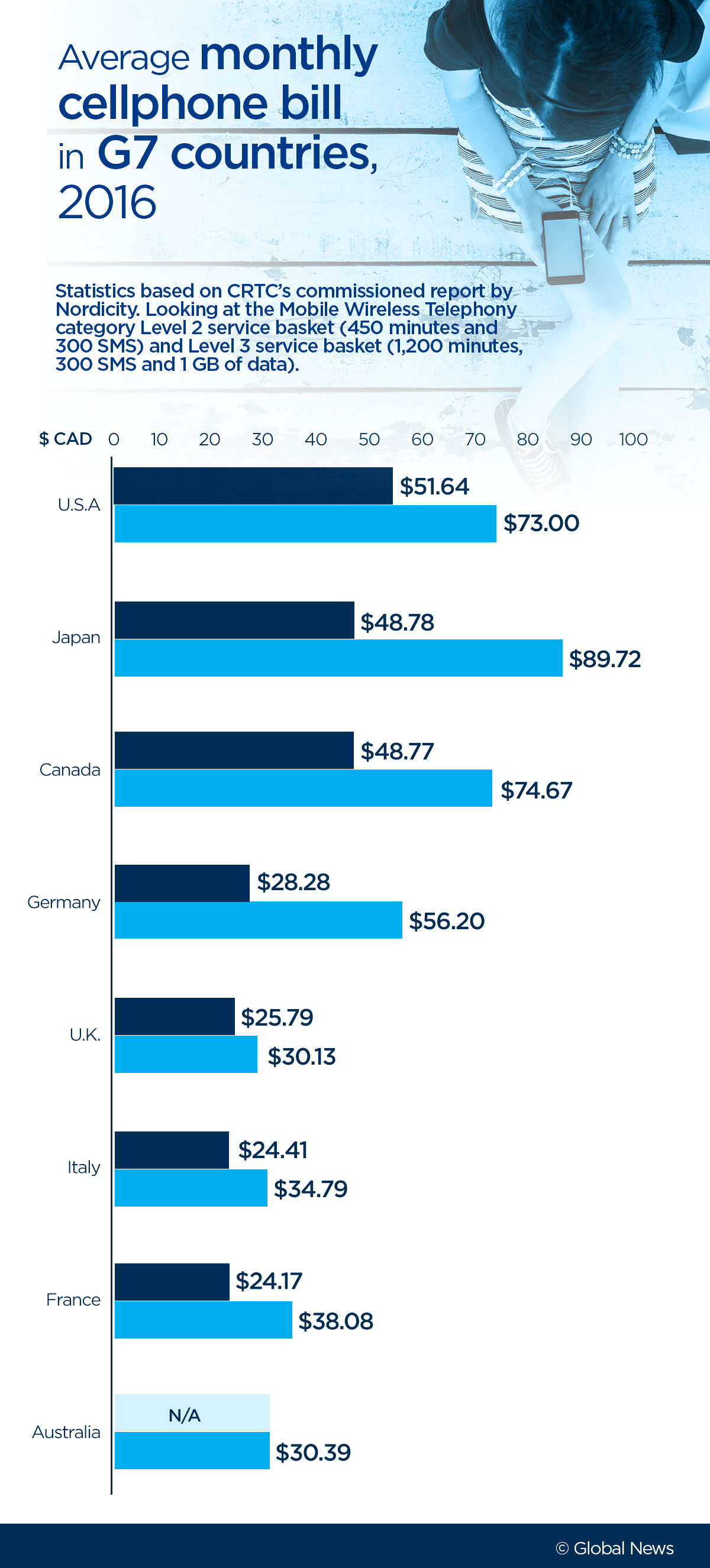Vancouver residents often complain of how tough it is to afford a place to live in their city.

They can take some comfort that there’s one place that’s pricier than the West Coast: Yellowknife, N.W.T.
READ MORE: Vancouver shouldn’t boast about new rental housing: real estate consultant
That much is clear from an infographic produced last month by Rentseeker, an online portal offering rental listings across Canada, which analyzed markets across Canada to produce a snapshot of average rents in Fall, 2016.
The graphic lists the monthly cost, as of Fall 2016, of renting units such as bachelor, one-bedroom and two-bedroom apartments, as well as vacancy rates for each type of housing, in 55 communities.
Vancouver is no slouch when it comes to the cost of renting: at an average rate of $1,450 per month for a two-bedroom unit, it’s more expensive than major cities like Toronto ($1,327) and Calgary ($1,258).
But it doesn’t quite hold a candle to the capital of the Northwest Territories, where the cost of renting such a unit can run you an average of $1,636 per month.
The average rental rate in Yellowknife represents a decrease from 2015, when the cost to rent a two-bedroom apartment was $1,700 per month, according to the Canada Mortgage and Housing Corporation’s (CMHC) fall Rental Market Survey, which analyzed renting costs in October 2016.
READ MORE: Condo rent in Toronto is almost $2,000 a month on average: Urbanation
Meanwhile, vacancy rates are growing in the city. For two-bedroom units alone, the vacancy rate grew from two per cent in 2015 to five per cent last year.
The overall vacancy rate grew from 1.9 per cent to 4.2 per cent in the same time frame.
These trends have come as people have “migrated away from the city or moved into homeownership,” according to market analyst Timothy Gensey.
Check out Rentseeker’s infographic to see how your city stacks up against the others. (Click to enlarge)
- Autism awareness: Vancouver International Airport, Canucks network host ‘Learn to Fly’
- London Drugs begins ‘gradual’ reopening of stores in Western Canada
- 1 arrested in Fraser Valley death; homicide investigation underway
- Brian White shining bright as Vancouver Whitecaps celebrate club’s 50th anniversary match










Comments